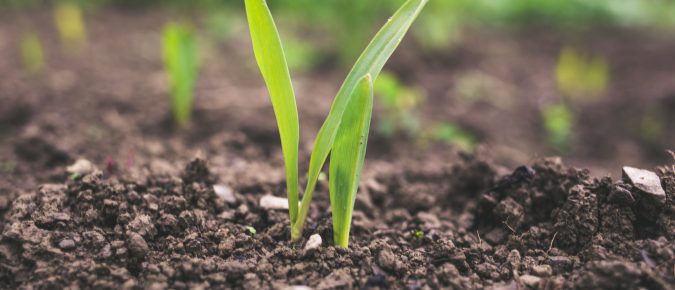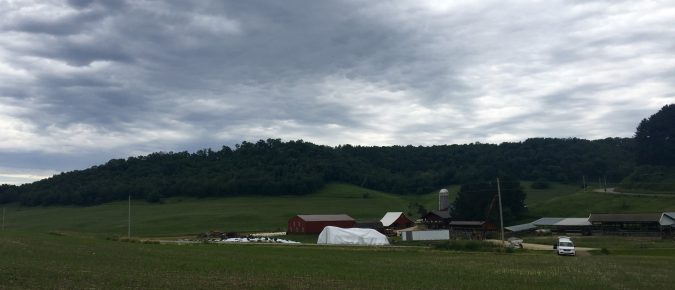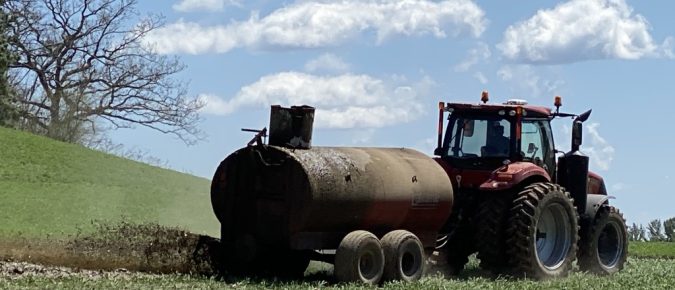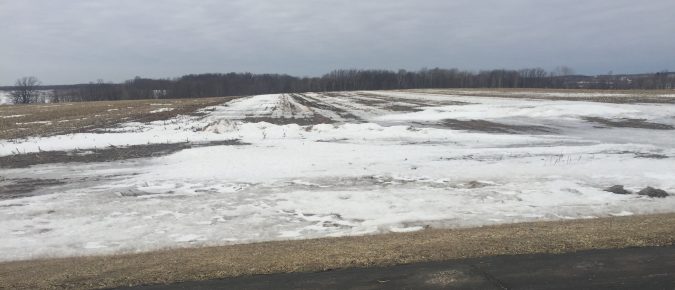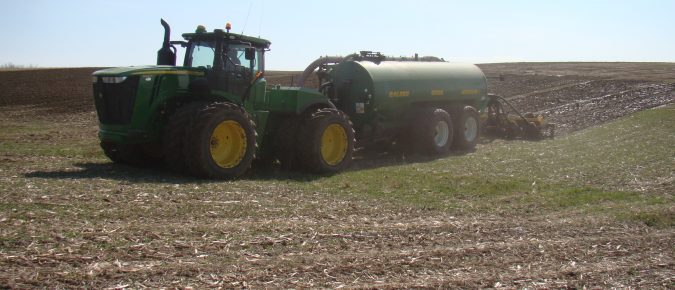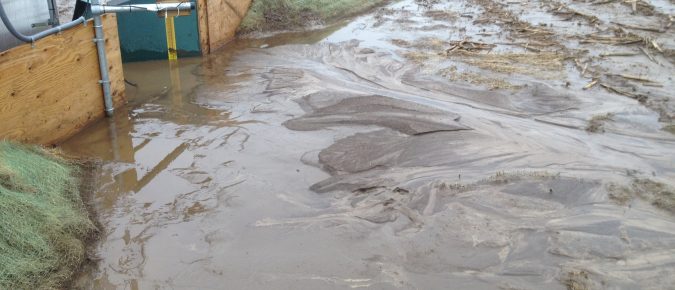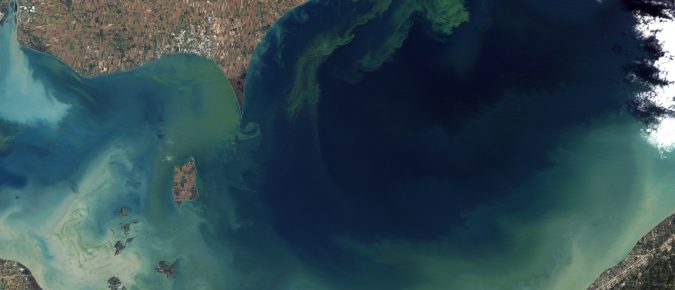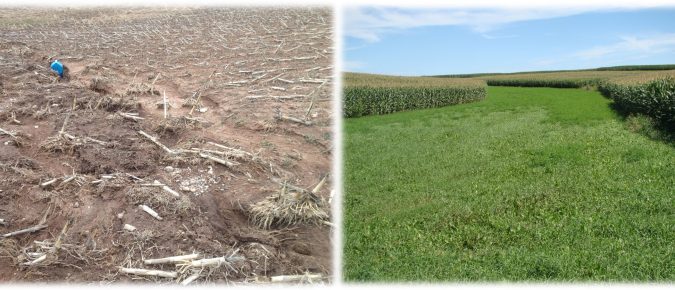Winter Webinar Series 2 of 3 – “Soil test phosphorus: an important risk factor for water quality.” This webinar had two speakers, Chelsea Zegler (an outreach specialist in UW-Extension’s Ag water quality program) and Dr. Jamie Patton (regional specialist with UW-Madison’s Nutrient and Pest Management Program). This webinar went into depth about the phosphorus (P) cycle, analyzing soil test phosphorus and how it is an important tool to use on farms to limit P losses.
Presenters Laura Paletta (an outreach specialist in UW-Extension’s Ag water quality program) and Dr. Francisco Arriaga (assistant professor in the Dept. of Soil Science at UW-Madison) go into depth looking at the best and worst times to spread manure, why it’s important for water quality, and offer recommendations to help limit soil and nutrient losses.
Amber Radatz, program director for UW-Madison Extension’s Ag water quality program, talks about the positive impacts utilizing multiple best management practices can have on a landscape. It typically takes more than just one conservation practice to make a significant impact. The ultimate goal is to keep soil and nutrients on the field rather than erode […]
This short video shares the best times to spread manure throughout the year, why it’s important to consider various field and weather conditions and offers best management practices to install to reduce soil and nutrient losses.
Over the years, the University of Wisconsin Division of Extension Discovery Farms Program has shared lessons learned from nutrient applications on frozen soil. The main takeaway is that applying nutrients, such as manure, to frozen ground shortly before runoff occurs leads to greater losses.
Phosphorus is a vital macronutrient for crop production, a major contributor to aquatic degradation, and a finite global resource and thus is important agronomically, environmentally, and economically. Phosphorus loss to water resources happens in every agricultural production system. Fortunately, there are management options that decrease the risk and amount of phosphorus loss to water resources without sacrificing farm profitability.
As the quantity and quality of on-farm data increase over time, the understanding of how agriculture impacts water quality has evolved. As research and monitoring technology has progressed, the scientific community is looking at more than runoff and soil loss, but rather, different forms of phosphorus (P). In the past, total P was discussed, but now is broken down into particulate P and dissolved P.
A recent study used data from 13 CAFOs in a Michigan watershed to increase understanding of how manure nutrients are used and how nutrient use efficiency can be increased to decrease the impact manure has on Lake Erie’s toxic algae blooms. The same issues affect many Wisconsin lakes.
Grassed waterways play a critical role on the landscape by stabilizing areas of concentrated water flow. If grassed waterways are installed properly and have an adequate grass cover, they can significantly reduce sediment and nutrient losses. The roots of the growing grass help to keep sediment and nutrients in place. The grassed waterway helps to catch soil particles carried in runoff as it concentrates and leaves the field.
According to the USDA Census of Agriculture, from 2007 to 2017, the amount of commercial phosphorus (P) fertilizer applied, and manure P generated, continued to increase in many states including Wisconsin; at the same time, farm acreage is shrinking. Over application of P contributes to both economic inefficiencies and environmental concerns, including harmful algal blooms and eutrophication of waterbodies.

